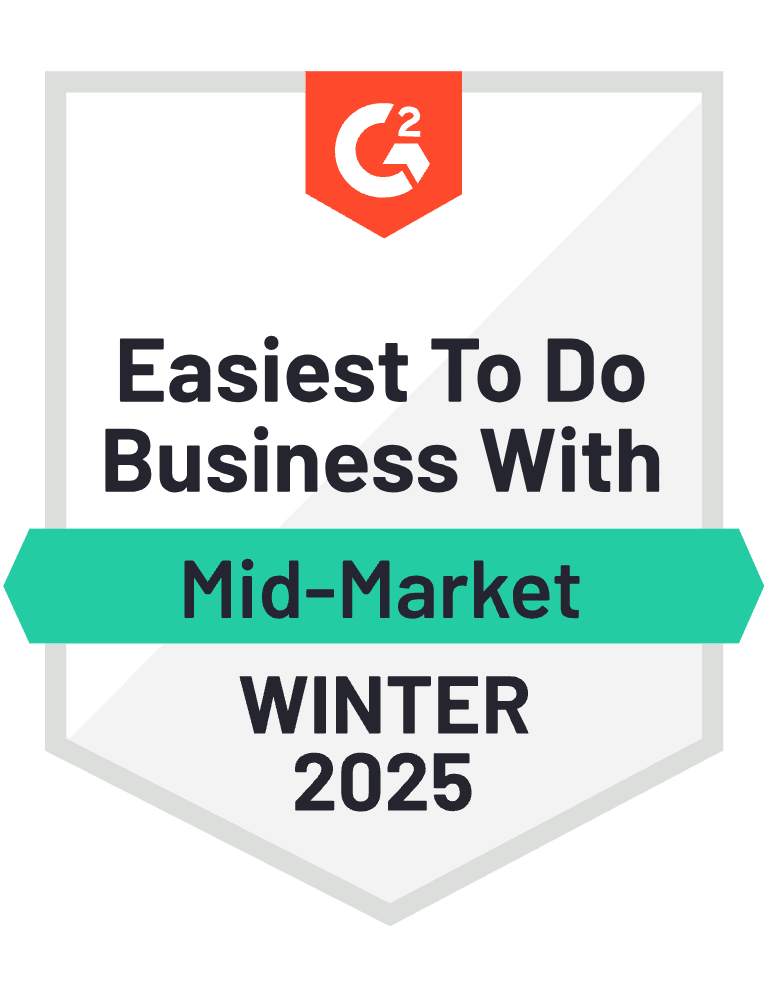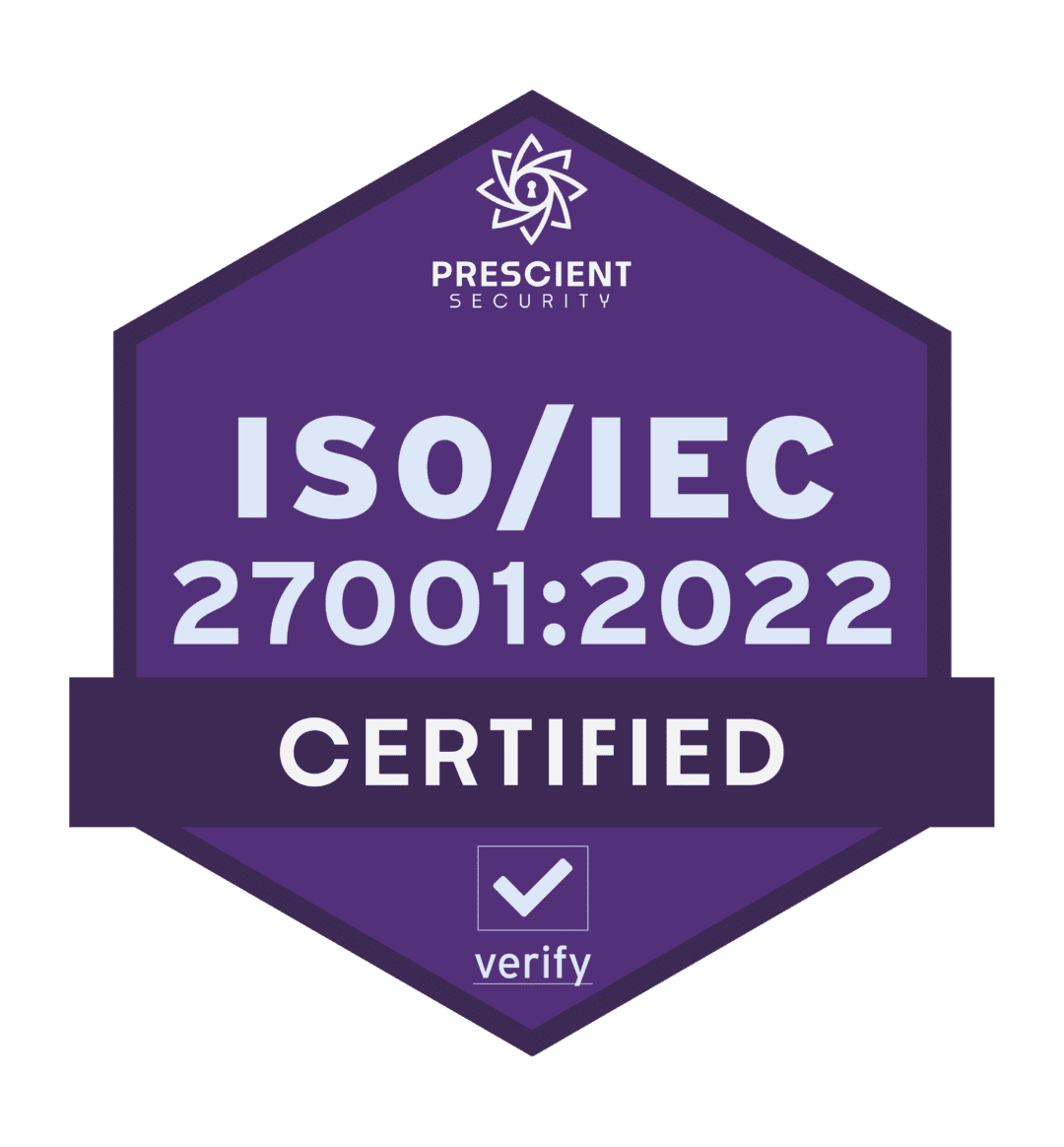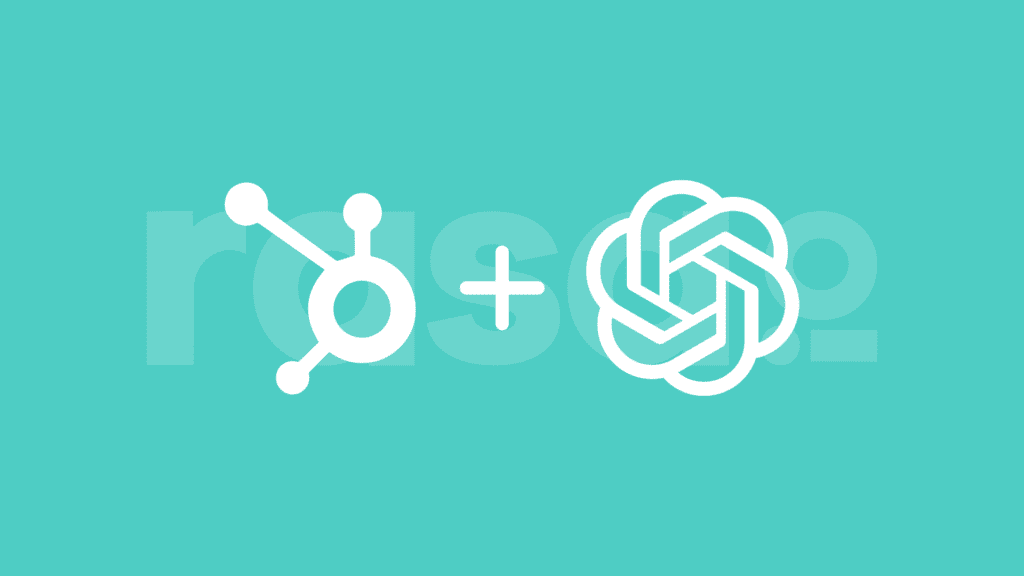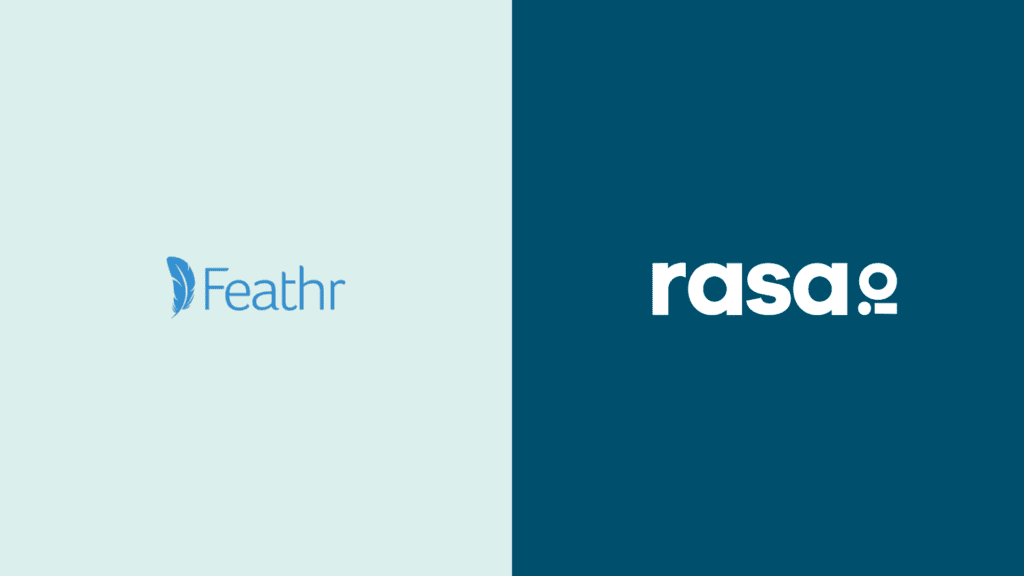Kim Jimenez
How a digital marketing strategist and educator who works with online creators to build their businesses. This is Kim Jimenez’s story about Pushing Send.
Key Points From This Episode:
- Kim discusses her perspective on profitability over popularity and how staying true to the foundations of business is important to her.
- She discusses how her company leverages search, lead magnets and advertising to build her email list.
- Kim feels like getting to know her subscribers and adapting to trends has helped her list continue to grow.
- Once you get to know your subscribers, you can craft your message to them specifically and meet their needs.
- Kim learned the hard way about making assumptions about what she thought her customers wanted and learning that she needed to steer away from what she would want to what they would want.
- She believes that 2020 changed the game in so many different ways, but it also made real lasting, sustainable marketing principles that are timeless way more valuable.
- Kim is moving forward with the goal of serving her existing customers even better.
Tweetables:
“I realized that I could kill myself trying to promote a product on social media and growing a huge audience and battling the algorithm and creating content every single day, or I could be more strategic and focus on the foundation of entrepreneurship.” – @KimAnnJimenez
“Adapting right to all the different trends and getting to know our people. Honestly, I think has been one of the things that has kept us consistent and helped us just continually grow.” – @KimAnnJimenez
“Through time, you start getting to know who that person is and you can craft your message to attract that kind of person.” – @KimAnnJimenez
“We don’t want to go down that path again of like putting so much energy and effort into something that A isn’t, what people want and B is just not going to be sustainable, profitable, et cetera, for the business.” – @KimAnnJimenez
“I think that 2020 changed the game in so many different ways, but it also made real lasting, sustainable marketing principles that are timeless way more valuable.” – @KimAnnJimenez
Links Mentioned in Today’s Episode:
Episode Transcript
Kim Jimenez:
I tend to have this perspective about profitability over popularity. I think that in this day and age, there’s this obsession with becoming popular on social media, right? So it’s like the latest where we’re really just chasing the latest follower, hack, the latest algorithm hack, and really there’s a power in ownership and owning the communication between you and your prospects between you and your community between you and the people that you serve. That is so powerful and so important because you’re really just cutting out the middleman. I think that there’s something to be said about having that direct intimate access, right. And I don’t think that there’s a better place than email right now.
Bryan Kelly:
From rasa.io, the tool for sending smarter and better email newsletters. This is Pushing Send, a show featuring people who send emails, their subscribers actually want to read. I’m Bryan Kelly and on today’s show how a digital marketing strategist has used email to grow her business, even during the COVID-19 pandemic. Here’s Kim Jimenez. So a moment ago you mentioned the idea of profitability over popularity, but where did you pick this up from or get this perspective? Because it’s a pretty powerful one.
Kim Jimenez:
It was kind of coincidental in a way, right? I kind of got started in my marketing career almost nine years ago. And so I think that I had the exposure to more of the direct marketing training that was more prominent back then. So people like Frank Kern and even Marie Forleo really instilled that idea of direct response marketing. And although it has changed dramatically, and I’m a big proponent of the long game and building out community through social media, and kind of serving and not necessarily just being super direct response everywhere. Cause I know that sometimes that gets a bad rap. The foundation of building a business always intrigued me. So I started working with a bunch of different clients and I realized over time that I could kill myself, trying to promote a product on social media and growing a huge audience and battling the algorithm and creating content every single day, or I could be more strategic and I could focus on the foundation of entrepreneurship and the foundation of business. And so I think that that was a big aha moment, like really early on for me was just realizing like social media is amazing. It’s a tool, it’s a channel. It’s a communication strategy, but it’s not the end all be all right. I want to build for the long-term. And I want to build a solid foundation where no matter what happens with the trends and the fads, those will come and go at the end of the day, it’s about finding and owning that relationship. And so for me, that was very easy to adopt because I saw it exemplified in my mentors and the people that I followed, but then I also saw direct results when I implemented it. And so I think that finding a balance there is so important. I think that the entire, at least when it comes to online business and, you know, small business owners, I think the trends have gone so much the other way that we forget to find that balance between long-term strategies and short-term strategies. And then also looking at the balance between direct response marketing, and then also kind of thinking about building out community and that long-term effect. So for me, it was just an obvious no-brainer kind of decision was like, okay, this is the way it wasn’t like a, Oh, well, you know, I have to choose one or the other. It was like, no, no, no. Okay. This makes a lot of sense. This has just been how we’ve built now three businesses. And it’s been through those same principles and it’s what we teach. It’s. It’s always thinking about that profitability over popularity, because I’ve heard this before many times, but you can’t take your followers to the bank. That’s the end all be all like at the end of the day, you can’t take followers to the bank. You can take relationships. And there’s a lot to be said about building a business, a real business that’s sustainable for the term versus trying to cash in on a hack or a quick marketing strategy that is going to generate a bunch of revenue maybe now and in the next three, four months, but not a year or two, five years from now.
Bryan Kelly:
What was it like starting off with almost no one on your email list. Let’s go back a little bit, all the way up to now today where you have tens of thousands of subscribers,
Kim Jimenez:
It was a hustle just like everyone else. You know, you start like, literally it’s you, maybe your mom, boyfriend, maybe a couple friends on your email list and it’s, it’s painful to write those first few emails and know that there’s literally no one who’s actually reading them who maybe is interested in the topics that you’re covering. So at least for me, it was hard. It was definitely a challenge, but I started out with a blog and I thought, okay, if I can get the blog going, then I can create content that will hopefully be valuable to email subscribers, but then I can also attract more subscribers through the content. So how can I make it more of like a two-way street, where with my organic content on the blog, I can actually attract leads, that’ll sign up for the newsletter or the email list and then vice versa. I can also continue publishing content on the blog that I can to those subscribers. And so at first I really started trying to grow social media so that I could also kind of turn those people into email subscribers. And at the time Facebook was the thing. And so, so I remember thinking of doing like little giveaway and contests, but then I really started learning more about SEO and kind of doubling down there and slowly but surely I started getting, you know, my first 1000 hits to the blog and, and it started growing from there and i started studying lead optimization and conversion optimization. So started adding, creating more lead magnets and adding opt-in boxes. And then YouTube peaked my curiosity decided I wanted to do some video and I needed somewhere to host my videos. So I started just kind of casually uploading to YouTube and didn’t realize for a good probably year and a half, that my videos started ranking. And I started by kind of coincidence, cause it was definitely not intentional getting more views and a few more subscribers. And so people started going to the blog and checking out the content there and then subscribing to the list. And, you know, I got my first 100, 200 people and I was just like over the moon, I felt like I had made it. It was like, okay, this is, this is real. This is something. And it kind of evolved from there. And it’s honestly, our strategy has been very similar throughout the last couple of years. People are shocked to hear that sometimes I think because social media does change so much, but because we have that foundation of search, right now, our biggest lead generator is search. It’s both Google and also YouTube, which is also Google. So pretty much we’ve just leveraged search and gotten to a point where we just add 50-100 email subscribers, pretty much on a daily basis to the list just from having content that ranks and is searchable and also having lead magnets that really captivate people’s attention and provide value. And it’s been a cool journey, but that’s been how we’ve grown on. Of course we’ve used Facebook ads and Pinterest ads and also use search on Pinterest, which was one of my favorite platforms for that reason, because you can create content and then kind of gets better over time, which is the exact opposite that you will see on and platforms like Twitter, Instagram, which again, I feel so bad knocking social media because there is a place for it and I teach it and love it and I think there is a strategy for it but I think that it’s important to also highlight right, what actually is making an impact. In my case, in my business. And so that has been the strategy it’s been grueling. There has been tons of ups and downs. There’s been times where I just am overwhelmed with the amount of responses we’re receiving or the exact opposite. No one is opening our emails because we’ve gotten away from writing subject lines that actually get opens and maybe our content hasn’t been the highest quality that it could be. So it’s just been a big process of testing and experimenting and then also refining the art of copywriting and trying to understand more of that and also adapting right to all the different trends and getting to know our people. Honestly, I think has been one of the things that has kept us consistent and helped us just continually grow. I have close relationships with our email subscribers. I know some of them by name and I know their wife’s name and their pets names. And it’s been a really cool way to just build long-term value for the people that we serve.
Bryan Kelly:
When we come back, Kim shares details about how she’s built such an intimate connection with her audience. And she also shares some struggles that she’s had while growing her email list. I’m Bryan Kelly, and you’re listening to Pushing Sendfrom rasa.io.
rasa.io:
Creating email newsletters takes a lot of time. You might curate articles, write content, tweak your template, and look up metrics and not to mention you’re probably doing all of this once a week. well at rasa.io, we said enough and built a free tool to simplify the process, which saves you time. It also uses AI to personalize emails for each subscriber based on their interests. That means they get stuff they like to read. Want to see how it works? Visit www.rasa.io and click how it works.
Bryan Kelly:
Welcome back to Pushing Send. I’m Bryan Kelly. Kim Jimenez is a digital marketing strategist and educator who works with online creators to build their businesses. And she’s learned everything she teaches in the trenches doing the work here’s Kim explaining this further. How did you get such an intimate understanding of the people who are subscribed to your email list?
Kim Jimenez:
Just having a lot of open-ended emails really helped in the beginning. So I was just asking questions and asking people to reply. So I would have a little PS. Most of our emails are plain text, so they’re very personal and we do include media in them. Like we’ll have an image or a gi often, but most of the time they’re very much personalized emails that are coming directly from me. I write every single one of them. And so having that little PS at the bottom allowed me to kind of get to know people a little bit more, have them ask questions and engage, but then also we systematically send out surveys to our whole subscriber base. And that is honestly one of the things that has helped me stay sane as an entrepreneur, because there’s so many different directions that you can take a business. And I think that it’s overwhelming sometimes to just assume what people want and need from you. Whereas when you ask them, even if you don’t get a direct response on perhaps your next blog piece or what your next newsletter should be about, you kind of gauge the direction and kind of get an understanding for who they are, what they’re struggling with, the questions that they have, the challenges that they’re facing, what keeps them up at night. Some of the things that really, and truly mattered to them as people. And so through time, you start getting to know who that person is and you can craft your message to attract that kind of person. And this is not a perfect process by any means. There’s been many times where we’ve noticed that we crafted our message or our marketing message in a way that maybe was attracting people that weren’t necessarily the right fit for our products and we weren’t the right solution for what they were looking for. And so we’ve had to pivot and change, and I think that’s part right, like growing a business. I think that most people go through that process too. So that’s kind of how we’ve gotten to know who are, who our peeps are and it’s also an ever evolving process, right? Like I started working as a service provider and it was working with corporations, kind of mid-sized corporations, small businesses, and then kind of pivoted into the small business, local space. And then it evolved into, okay, we want to work now with like online entrepreneurs, because that’s what we were getting a lot of demand for. So it’s just been an evolution. But most of the time that we try to really listen as much as we possibly can and people respond, which is really interesting. Even though their, their inbox is like packed full of messages, the amount of people who respond is actually really cool.
Bryan Kelly:
What were some of the struggles you faced along the way? Was there anything like that? Anything tougher, a big hurdle in your way?
Kim Jimenez:
Oh my gosh. Yes. I think the first big hurdle was just how the heck do I get people on the list? How do I convince them? Right. And then like my stuff is worth opening and worth subscribing to, that was a big challenge. I remember Trying to put out. I think I literally created more than 15 lead magnets before I created one that people actually wanted to sign up for and they were all, I remember just kind of thinking, Oh, well this would be super valuable. I would sign up for this. So then I’m sure other people would too. And I think that that’s was one of my biggest mistakes. It’s just creating content for myself, not for the people that I was trying to serve. And so when you’re getting started, that’s really challenging because you kind of have to make educated guesses on what people actually want. And now there’s way more tools than we had back then, but it’s still, it’s still a challenge. So I think that trying your best to look at what are the big trending topics in your industry, talking to people one-on-one having Skype calls or Zoom calls with the people that you think you want to serve is a huge, huge, huge strategy that I think most people kind of take for granted. So for me, just not knowing what the heck people wanted from me was really overwhelming at the beginning. And it took a good, I would say it took a good year before I finally landed on a lead magnet that I felt people actually wanted to sign up for. And I tried all different kinds of formats. I was like, well, maybe I should create a class or maybe I should create video tutorials or maybe an audio download. And I tried checklists and PDFs and it was definitely a challenge. And even when I did figure out one, I think the first lead magnet that actually resonated with people was a toolkit was literally just a list of all the tools that I was using. That was the last thing I thought people wanted. I was like, I think they want to learn how to grow their social media following. I was pulling questions from, from people in service-based industry. And it was just really interesting to make assumptions and be completely dead wrong about what people wanted. It was also super humbling and it’s a lesson that I keep learning. I catch myself making assumptions even now about the people on my list and what they want. And I have to catch myself and kind of course correct and say, no, no, no, we’ve done this before. We don’t want to go down that path again of like putting so much energy and effort into something that A isn’t, what people want and B is just not going to be sustainable, profitable, et cetera, for the business.
Bryan Kelly:
2020 was a massive curve ball. But has your focus on email have been a saving grace through this time?
Kim Jimenez:
Our email list was absolutely not just the saving grace, but also peace of mind for me. We were running Facebook ads for the past couple of years and 2019, we kind of doubled down on scale and we had a pretty significant advertising budget. And so kind of seeing how Facebook ads really just kind of died overnight for our account. It was really inconsistent and we’d been running pretty similar campaigns throughout the last 2018, 2019, 2020 came around and it was a drastic change in terms of not just new policies from Facebook, but then also kind of seeing if people feel the intense stress on social media. I think there was a lot less people paying attention to social media, or there were more people paying attention only to specific news, right? So there’s just a huge shift that happened. And we noticed it almost immediately and kind of adapted and decided, okay, we’re doubling down on our email list. We’ve got to think about new ideas, new ways to kind of diversify our advertising budget, but also our marketing strategy and having an email list was such a relief. I can’t even, I can’t even tell you it almost honestly, I don’t want to be sensational or dramatic, but it felt like I remember looking at my husband and being like, we have been preparing for this moment for literally the last, at least the last seven years. And so having been preaching guys, you got to be independent from social media. You gotta be independent from as many sources as you can remember to leverage them as tools. They’re great channels are great resources, but they shouldn’t be the thing. I see so many people who are banking on, let’s say Instagram, for example, like it is the only way to build a business that it’s, it’s scary to me to see that cause it’s like guys, they literally can change the rules anytime and they have done that. I just wish that more people kind of understood this idea of you gotta become independent from individual platforms. You gotta build your own assets. And this is why I cannot give a better argument than 2020. And we just saw that in full force. And it’s interesting because our students really felt that too. We launched our membership site 2016 and I’ve been saying and preaching this for a long time. And so we just got dozens and dozens and dozens emails, whether it was from her existing students or from just people in our community who were at the, just being like, thank you so much for having told us, you know, that we needed to build our blog or create content on our own platform. It just has changed the way that we see business. And it’s been such a saving grace during this time that we have, you know our full email list and when you communicate directly with our customers, that has been really impactful. I think that 2020 changed the game in so many different ways, but it also made real lasting, sustainable marketing principles that are timeless way more valuable. and that has been just such a relief for me. It’s been exciting becauseI hope that more and more people start seeing this approach to business and building a business sustainably, you know, for the long term requires that you think about a lot of the traditional business principles that most people are used to deploying in businesses that operate offline. But for some reason we tend to not take those same principles online. And it’s, so, to me it’s so fundamental and so obvious and so clear, like this is how you build a list of leads. These are your potential customers. You’ve gotta take care of them. I was listening to a couple of the episodes on this podcast before coming on today. And I can’t remember which one of your guests, but he said something like every email subscriber is worth 200 followers.
Bryan Kelly:
Yes. Yeah. That is such an important fact. And in many ways an email list is better than money in the bank.
Kim Jimenez:
Yes, absolutely. One of the things that we have always kind of advocated for and try to implement and have been implementing even more this year is looking for ways where we can serve our existing customers. Right? So it’s not enough to just say, okay, we’re going to build this massive email list. It’s also about quality, right? You want to build an email list of qualified leads and people who will continue to buy from you over and over again. And you nailed it. It’s so true. It is better than money in the bank because that just have money in and maybe you’re smart and you can invest it. There’s a lot of risk in that, which is also great, but you’re right. It’s, it’s about continuously serving your list and putting together offers that they care about that they come back and purchase from your time and time again,
Bryan Kelly:
Kim’s story underscores something. Most of us already know that email is worth the investment of time and resources and it contributes to a more sustainable business coming up on our next episode, we’ll hear from Franz Saurstein, an e-commerce consultant from Germany who helps his clients scale through email marketing. You won’t want to miss what friends shares during our talk. If you’re listening to Pushing Send for the first time, please be sure to subscribe at Apple podcasts or wherever you’re listening. So you don’t miss an episode. If you’ve enjoyed what you’ve heard, I’d encourage you to check out a few other episodes while you’re here. And lastly, leaving a review will help us share these stories with others, just like yourself. Thanks in advance for doing that. I’m Bryan Kelly, and you’ve been listening to Pushing Send from rasa.io.














